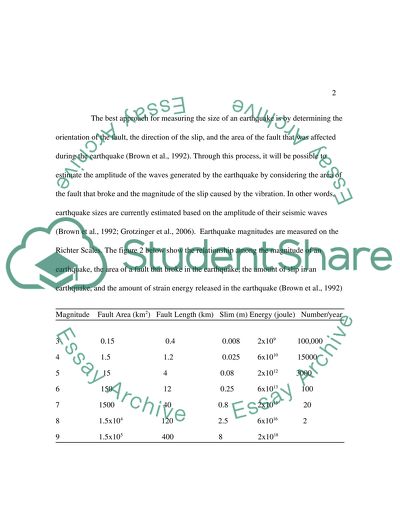Cite this document
(“Introduction to earth science Research Paper Example | Topics and Well Written Essays - 5250 words”, n.d.)
Retrieved from https://studentshare.org/family-consumer-science/1407207-introduction-to-earth-science
Retrieved from https://studentshare.org/family-consumer-science/1407207-introduction-to-earth-science
(Introduction to Earth Science Research Paper Example | Topics and Well Written Essays - 5250 Words)
https://studentshare.org/family-consumer-science/1407207-introduction-to-earth-science.
https://studentshare.org/family-consumer-science/1407207-introduction-to-earth-science.
“Introduction to Earth Science Research Paper Example | Topics and Well Written Essays - 5250 Words”, n.d. https://studentshare.org/family-consumer-science/1407207-introduction-to-earth-science.


